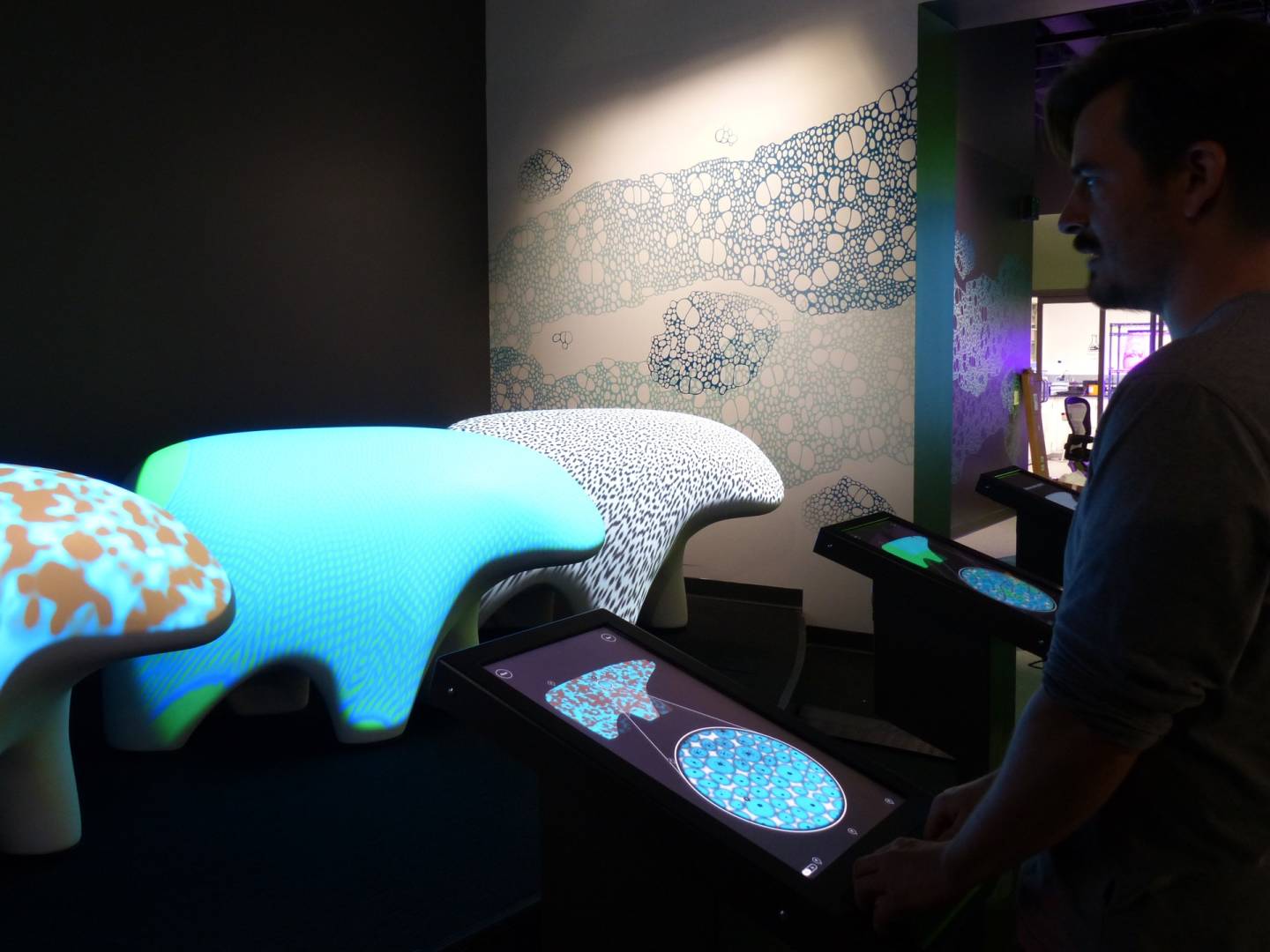Page 11588
Mar 19, 2016
The Latest Findings on Memory
Posted by Karen Hurst in categories: entertainment, neuroscience

The fact that some people remember the past as a series of episodes full of details (episodic memory), while others store in their brains the meaning of events (semantic memory), has a lot to do with the configuration of the connections in the brain, according to a recent study published in the journal Cortex. Neuroscience is deciphering the sophisticated mechanisms of human memory to explain how we file and remember information.
– Memory’s unreliable.
Mar 19, 2016
Research devises a way to track RNA in living cells through CRISPR-Cas9
Posted by Karen Hurst in categories: biotech/medical, genetics
On track to resolving defective RNA through CRISPR-Cas9.
According to a study published in journal Cell on March 17, researchers at University of California, San Diego School of Medicine, have found a way to track RNA in living cells. CRISPR-Cas9, a DNA-editing technique will be applied to target RNA in order to find cure for presently untreatable diseases such as cancer and autism.
There are many diseases that are associated with RNA behavior, which carries the genetic code from the cell’s nucleus. There was no technique found until now that could track RNA in living cells efficiently. However now, CRISPR-Cas9, which so far was only able to manipulate DNA, would now target RNA, which is also called RNA-targeted Cas9.
Continue reading “Research devises a way to track RNA in living cells through CRISPR-Cas9” »
Mar 19, 2016
Mapping Brain’s Cortical Columns To Develop Innovative Brain-Computer Interfaces
Posted by Karen Hurst in categories: computing, electronics, neuroscience
The EU-funded COLUMNARCODECRACKING project has successfully used ultra-high fMRI scanners to map cortical columns, a process that opens the door to exciting new applications, such as brain-computer interfaces.
Cortical columnar-level fMRI has already contributed and will further contribute to a deeper understanding of how the brain and mind work by zooming into the fine-grained functional organization within specialized brain areas.
By focussing on this, the project has stimulated a new research line of ‘mesoscopic’ brain imaging that is gaining increasing momentum in the field of human cognitive and computational neuroscience. This new field complements conventional macroscopic brain imaging that measures activity in brain areas and large-scale networks.
Mar 19, 2016
Judith Edwards went for an eye test and the optician found a brain tumour the size of an orange
Posted by Karen Hurst in categories: biotech/medical, neuroscience
It is a well known fact that many Glioblastoma patients are diagnosed through eye exams; many documented cases as well.
If it wasn’t for the appointment Judith Edwards, 65, might have lost her life.
Mar 19, 2016
Bacteria-powered Bio-Bots Avoid Obstacles on Way to Target
Posted by Karen Hurst in categories: biotech/medical, robotics/AI
Microscopic robots, powered by bacterial flagellation, are a curious branch of robotics research, potentially leading to devices that can deliver drugs, perform surgical tasks, and help out with diagnostics. While bacteria has been harnessed in the past to power small devices, having those devices actually navigate to a desired target has been a challenge. At Drexel University researchers are now using electric fields to help their bacterial biobots detect obstacles and float around them on their way to the final destination.
The electric fields don’t actually control the bots, but allow the bots to sense their environment and to move around. The devices are powered by rod-shaped S. marcescens bacteria that are normally negatively charged. The researchers positioned two electric fields orthogonally to each other, creating a grid. Obstacles within the grid slightly affect the fields’ shape, which the robot recognizes and uses to avoid the obstacles.
Here are a couple videos demonstrating the bacterial powered microbot:
Continue reading “Bacteria-powered Bio-Bots Avoid Obstacles on Way to Target” »
Mar 19, 2016
Why the US has a shortage of military drone pilots
Posted by Karen Hurst in categories: drones, military
Hmmm; could I set up a subcontracting firm full of top gun gamers/ pilots working with the US DoD? We see privatized Army, etc. And, with drones it’s more about the skills of a gamer meets military strategy as a former pilot. Maybe some possibility with the right funding and clearance checks in place on drone pilots.
But in many ways this is not like most other aircraft. The MQ-9 Reaper is the U.S. Air Force’s most advanced drone or “remotely piloted aircraft” in use today.
Mar 19, 2016
BioDesign Studio Lets You Tinker With Biology to Make Something New
Posted by Karen Hurst in categories: biotech/medical, computing
Now this is a cool concept; a studio that allows others to experiment and build their own Biocomputer, and other biotechnologies.
How does a leopard get its spots? A new exhibit at The Tech Museum of Innovation in San Jose has some clues about that.
Mar 19, 2016
A Student Claims to Have Designed Working Artificial Gills
Posted by Karen Hurst in categories: innovation, wearables
In time for vacation/ summer holiday season.
A mysterious site showcases a detailed blueprint of a wearable device that lets users breathe underwater like fish.
Mar 19, 2016
Watch out for these malware attacks on your vehicle — Federal Bureau of Investigation to drivers
Posted by Karen Hurst in categories: cybercrime/malcode, transportation
FBI — You have a connected car/ self driving car in the US; be careful because the hackers are coming.
That’s why the U.S. National Highway Traffic Safety Administration (NHTSA) and Federal Bureau of Investigation issued a bulletin warning about the increasing vulnerability of motor vehicles to hacking.
The FBI warns drivers to ensure their car’s software is up to date, to be careful making unauthorized modifications to their car’s software and when connecting to third-party devices, and be wary of who has physical access to their vehicle. Instead it’s meant to educate the public after a series of publicly known hacks of cars in 2015, including a Jeep intentionally hijacked by researchers while driving down the highway.
















